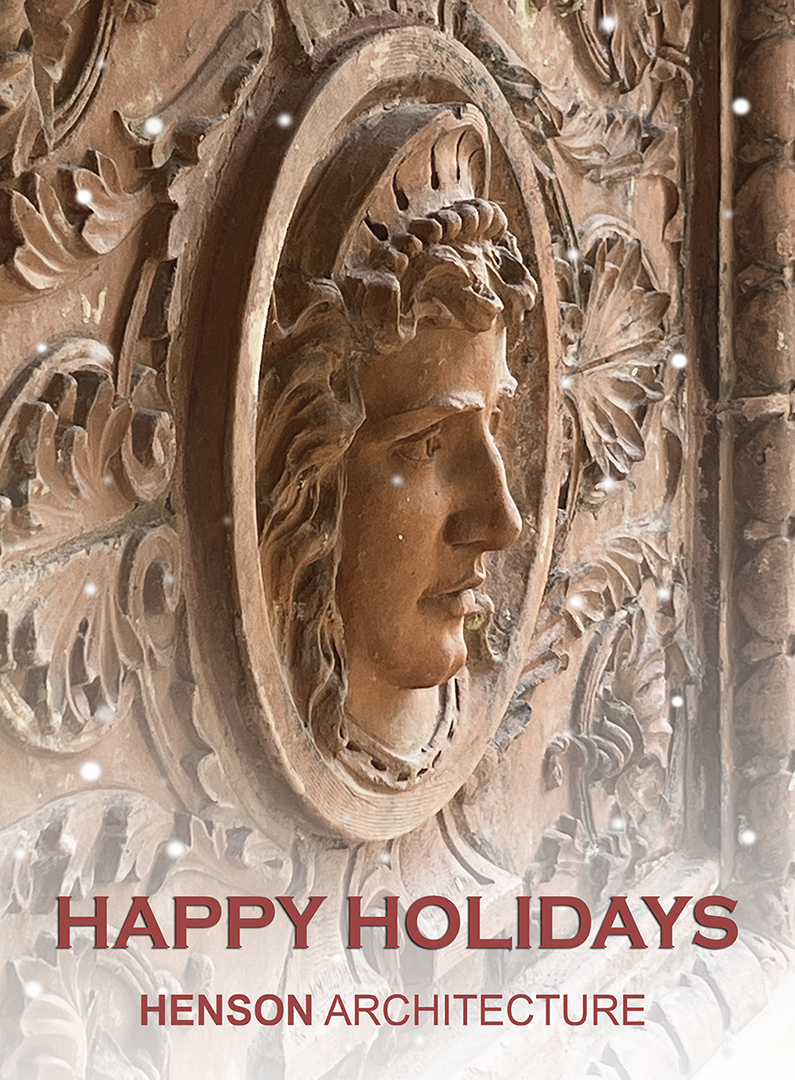Designation of a swath of the area will preserve 330 buildings, including the former home of the legendary Filmore East. Decision could crimp New York University’s expansion plans.
By Andrew J. Hawkins @andyjayhawk
October 9, 2012 1:38 p.m.
Andrew Berman, director of the Greenwich Village Society for Historic Preservation, cheered the creation of a new historic district Tuesday.
Updated: October 9, 2012 4:22 p.m.
The Landmarks Commission voted Tuesday to designate a new historic district comprising 330 buildings in the Lower East Side and the East Village. The decision comes as New York University, just to the west of the new historic district, looks to expand its footprint in the area. In fact, led by NYU, development in the neighborhood has picked up. The school recently won City Council approval to build a host of new buildings and dormitories south and west of Washington Square Park. Preservationists say the new district will help slow a possible eastward expansion by the university. Most of the buildings in the district will be along Second Avenue and the adjacent side streets, between East Second and East Seventh streets. The district will include gems like the former Fillmore East concert space on Second Avenue and East Sixth Street; the neighborhood’s last surviving tenement synagogue; the German Evangelical Lutheran Church; and St. Stanislaus, a Russian Orthodox church. Second Avenue was once the focus of the area’s vibrant Jewish community and was known as the “Yiddish Rialto” for the number of Yiddish-language theaters along its lower lengths. Preservationists say the district will also go a long way toward helping protect many of the mid-19th century row houses and other buildings in the neighborhood.
“There’s just an incredible range of buildings and sites that have this wonderfully rich connection to the East Village’s history, first as an immigrant destination, and then as a mecca for artists and musicians in the latter half of the 20th century,” said Andrew Berman, director of the Greenwich Village Society for Historic Preservation. The vote is not a direct response to NYU’s expansion but will help preserve buildings that could have been targeted for future development, Mr. Berman said. “NYU is just one small piece of the puzzle,” he said. “As huge as they are, they’ve just sort of nibbled at the edges of this area.” Phillip Lentz, a spokesman for the university, said the commission’s vote would have no impact on their expansion plans. “The foundation of the NYU 2031 expansion plan is that the university intends to provide for its future growth primarily by building on its own property, which is what the recent ULURP action approved by the City Council permits,” Mr. Lentz said. “We made this decision in order to minimize the impact on our neighbors and because much of the property in our community is already protected against future development.”
Read more: http://www.crainsnewyork.com/article/20121009/POLITICS/121009889#ixzz28q7FbKD7



